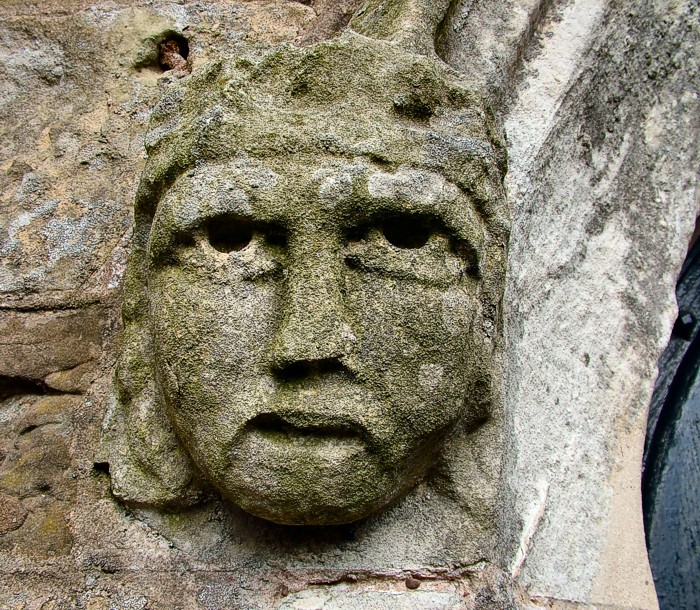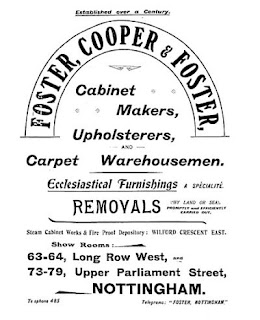 |
| Bothamsall Church from Southwell & Nottingham Churches |
Church Wardens were required to report in the Presentment Bills on both the morality and religious practices of the people of the parish plus the behaviour of the clergy. Hence, the Bills provide insight not only into the social mores of the time and place but also religious dissent in a century riven by the English Civil War and migration to America.
Bothamsall never appears to have had more than a few hundred residents but at first glance certainly seems to have had its fair share of sexual scandal with in just 30 years from 1608, 7 reports of fornication, 2 of adultery, 3 of bastardy, 3 of drinking on Sundays and 1 of general sexual immorality, whatever that might be:
Adultery: Richard Nicholson, Isabel Trundle
Bastardy: Elizabeth Baker, Katherine Reckingham, John Greenswood
Fornication: Margaret [no surname], Jane Wakeland, Margaret Staniland, Elizabeth Tomlinson, Francis Tomlinson,
Drinking on Sundays: George Marriot, Christopher Warriner, Athren Whitehead
Sexual Immorality: Robert Sharpe
Although, the sexual affairs of Bothamsall in the 17th Century seem lively enough, they were in fact very restrained compared with the goings on in some other Nottinghamshire villages where there are multiple accusations of fornication at every Presentment. And accusation seems to be the key word here as in some cases the level of "misbehaviour" seems quite incredible and one has to suspect that at least some of it is sheer gossip mongering and point scoring between neighbours.
 |
| Bothamsall Church from Southwell and Nottingham Churches |
Not attending church, lay non-conformity: Robert Carlisle, Mrs Carlisle, Anne Dobson, Joyce Lanfield, Stephen Lanfield
Not receiving holy communion: Barnaby Williamson, Mrs Williamson, Francis Marriot
There is another burst of religious dispute within the village in 1625 and 1626 when 4 villagers - George and Anne Booth, Elizabeth Cos and William Robson - are repeatedly accused of Recusancy, that is Roman Catholic worship and rejection of the Anglican settlement. Again this flurry of accusations dies down and again it is not clear whether this is because the accused changed their behaviour or left Bothamsall or whether more tolerant church wardens were in place. Whatever the case, it is clear that contrary to the intentions of Queen Elizabeth 1, prayer and how people prayed was very much treated as a window on people's heart and a source of scandal and dispute within even the smallest of English villages.
The Nottinghamshire Presentment Bills are available in the excellent Nottingham University archive. To search the Bills, Click on the Search Archdeaconry link on the right and in the new search page enter the village in the Name field and select Presentee from the role list. Most of the offences which fabulously include - playing unlawful games, abuse of church wardens, clandestine marriage, working on Sundays, and harbouring a fornicator - are fully listed in the search results but you can click on the hit links on the right and then the view link by the presentee to see if any more detail is given.
I haven't yet explored the Presentment Bills outside Nottinghamshire but will update the blog with details of their availability when I do.
PRESENTMENT BILLS LINKY
If you have any great posts on using Presentment Bills please do add links with the linky below ...




